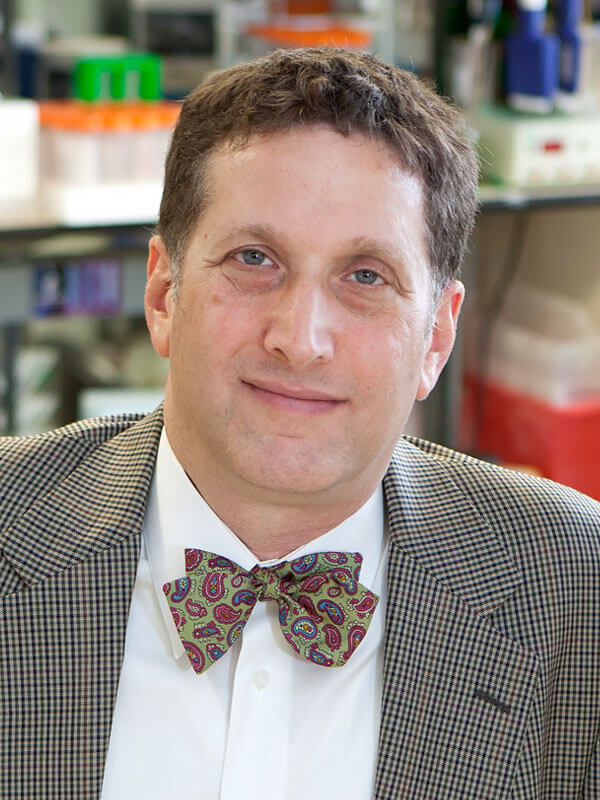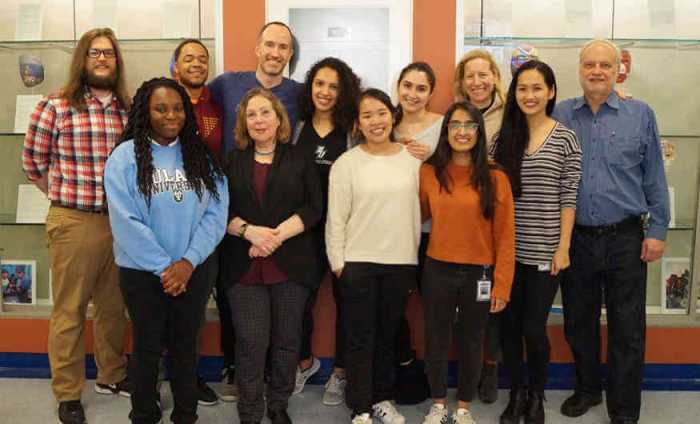Scientists at Albert Einstein College of Medicine have successfully suppressed HIV infections in mice — offering a path to a functional cure for HIV and other chronic viral infections. Their findings were published Thursday in the “Journal of Clinical Investigation.”
The research involved proteins designed to selectively stimulate the immune system’s CD8+ “killer” T cells to multiply and specifically attack HIV-infected T cells. Co-corresponding author Dr. Steven Almo developed the synthetic proteins, known as synTac (short for “synapse for T-cell activation”). Almo is professor of biochemistry and physiology and biophysics at Einstein and the chair of biochemistry, the Wollowick Family Foundation Cchair in Multiple Sclerosis and Immunology and director of the Einstein Macromolecular Therapeutics Development Facility.
HIV infects the immune system’s CD4+ T cells. For the past 25 years, people infected with HIV have been able to control their infection through antiretroviral therapy (ART) — a combination of several drugs that prevent HIV from infecting new CD4+ T cells and multiplying within them.
“Although ART works remarkably well at keeping HIV in check indefinitely, it is a stalemate and not a checkmate,” said co-corresponding author Dr. Harris Goldstein, professor of pediatrics and of microbiology and immunology and the Charles Michael chair in Autoimmune Diseases at Einstein and director of the Einstein-Rockefeller-CUNY Center for AIDS Research.

The researchers first tested their anti-HIV synTac proteins on human blood samples infected with either HIV or cytomegalovirus (CMV), a common type of herpes virus that can infect and kill immunosuppressed patients. For blood from human donors infected with either HIV or CMV, synTacs specific for mobilizing immune responses against those viruses triggered selective and vigorous multiplication of CD8+ T cells that exhibited potent HIV or CMV anti-viral activity.
“A key asset of the synTac platform is how easily we can program synTac proteins to combat any of the many diseases in which T cells play a role — including disease targets that extend well beyond viruses,” Almo said. “For example, an ongoing clinical trial involving patients with head and neck cancer is assessing synTac’s ability to selectively activate anti-cancer T cells. And since synTacs can turn off, as well as activate T cells, they’re also under study for treating type 1 diabetes and other autoimmune diseases by turning off T cells that mistakenly attack people’s healthy tissues.”
Almo is also co-leader of the cancer therapeutics program at the Albert Einstein Cancer Center.





















